Can I Carry Camera Batteries On A Plane?
Yes, you can carry camera batteries on a plane in your carry-on luggage. It's important to check the specific regulations of the airline and the country you are traveling to, as there may be restrictions on the size and quantity of lithium batteries that can be brought on board.
1、 Regulations for carrying camera batteries on a plane:
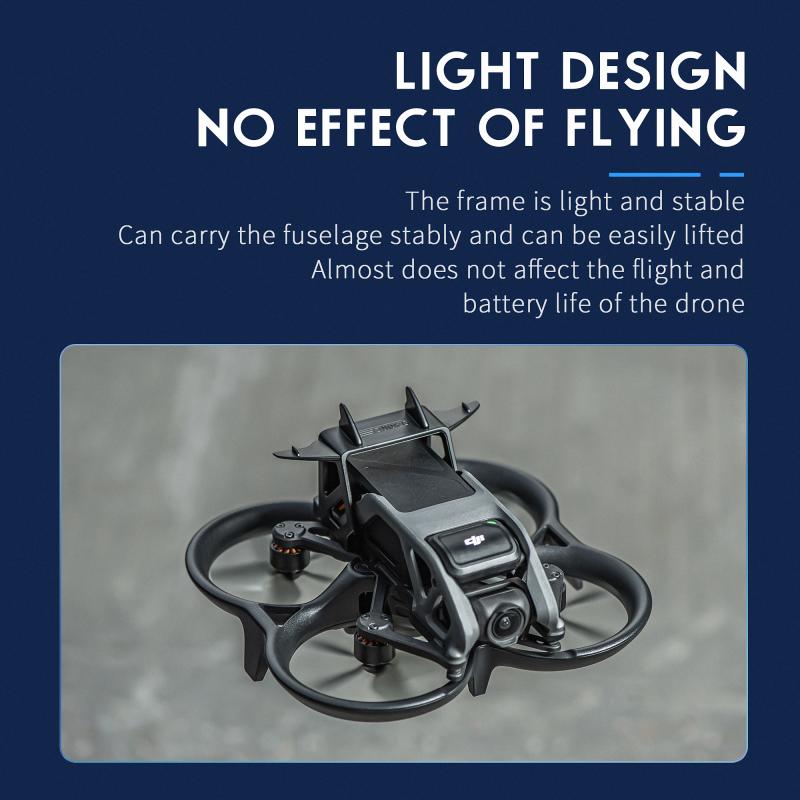
Regulations for carrying camera batteries on a plane:
Yes, you can carry camera batteries on a plane, but there are specific regulations that you need to be aware of to ensure compliance with airline and aviation security guidelines. The International Air Transport Association (IATA) and the Federal Aviation Administration (FAA) have established rules regarding the transportation of lithium-ion batteries, which are commonly used in camera equipment.
As of the latest guidelines, spare lithium-ion batteries for cameras are typically allowed in carry-on luggage, but there are restrictions on the size and quantity of batteries that can be brought on board. Generally, lithium-ion batteries with a watt-hour rating exceeding 100Wh are subject to special approval from the airline and may be prohibited from being carried on board. Additionally, spare batteries should be individually protected to prevent short circuits, and terminals should be insulated to avoid contact with metal objects.
It's important to check with your specific airline for their policies on carrying camera batteries, as regulations may vary between carriers. It's also advisable to carry batteries in their original packaging or a protective case to minimize the risk of damage or short-circuiting during transit.
In summary, while you can carry camera batteries on a plane, it's essential to familiarize yourself with the latest regulations and take necessary precautions to ensure safe and compliant transportation.
2、 Lithium-ion battery restrictions

As of the latest regulations, you can carry camera batteries on a plane, including lithium-ion batteries, but there are restrictions and guidelines to follow. The International Air Transport Association (IATA) and the Federal Aviation Administration (FAA) have specific rules regarding the transportation of lithium-ion batteries on aircraft.
For carry-on luggage, spare lithium-ion batteries must be individually protected to prevent short circuits. This can be achieved by placing each battery in its original retail packaging, a separate plastic bag, or by taping over the battery's contacts. Additionally, spare lithium-ion batteries with a watt-hour rating exceeding 100Wh may be subject to airline approval.
When it comes to checked baggage, spare lithium-ion batteries are generally not allowed. However, lithium-ion batteries installed in devices such as cameras are permitted in checked baggage, but it's recommended to take measures to prevent unintentional activation.
It's important to stay updated with the latest regulations, as they can change due to safety concerns and technological advancements. Always check with your airline and the relevant aviation authorities before traveling to ensure compliance with the current rules.
Overall, while you can carry camera batteries, including lithium-ion batteries, on a plane, it's crucial to adhere to the specific guidelines to ensure the safety of all passengers and crew.
3、 Carry-on vs checked luggage rules
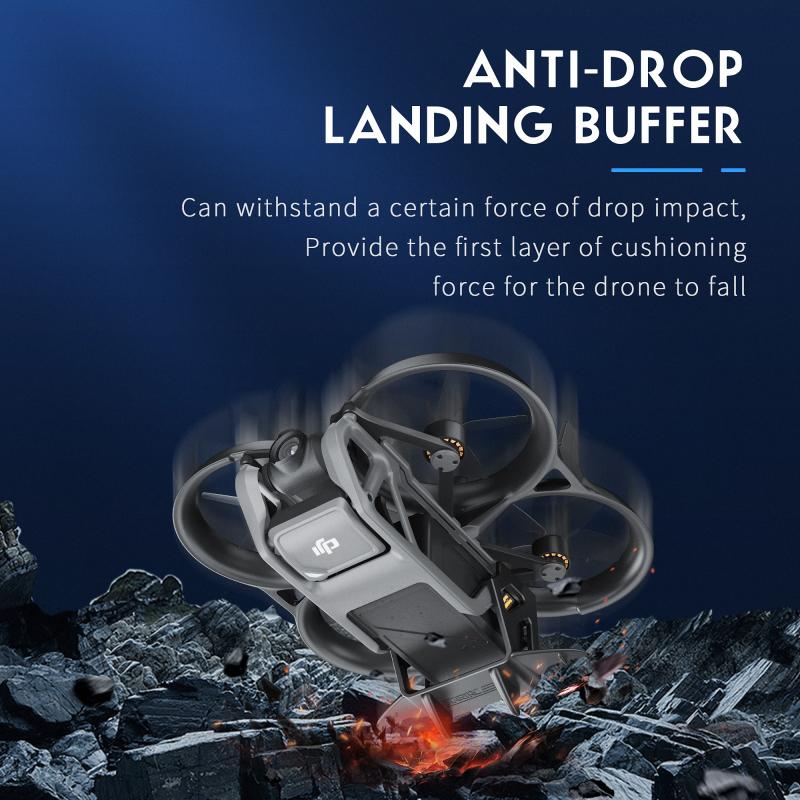
As of the latest guidelines, you can carry camera batteries on a plane, but there are specific rules and regulations that you need to be aware of. Camera batteries are generally allowed in both carry-on and checked luggage, but there are restrictions on the size and quantity of lithium batteries that can be brought on board. Lithium batteries must be carried in your carry-on luggage and not in checked baggage. Additionally, spare lithium batteries must be individually protected to prevent short circuits. It's also important to note that some airlines may have their own specific rules regarding the transportation of lithium batteries, so it's always best to check with your airline before you travel.
When it comes to carry-on vs checked luggage rules, it's important to consider the specific items you are planning to bring with you. Generally, valuable or fragile items, important documents, medication, and electronics should be carried in your carry-on luggage to ensure they are not lost or damaged. On the other hand, items such as large liquids, sharp objects, and certain sporting equipment may need to be packed in your checked luggage in accordance with airline and TSA regulations.
It's always a good idea to stay updated on the latest travel regulations and guidelines, as they can change frequently. Checking with your airline and the TSA before your trip will ensure that you are aware of the most current rules and can pack accordingly.
4、 Battery capacity limits
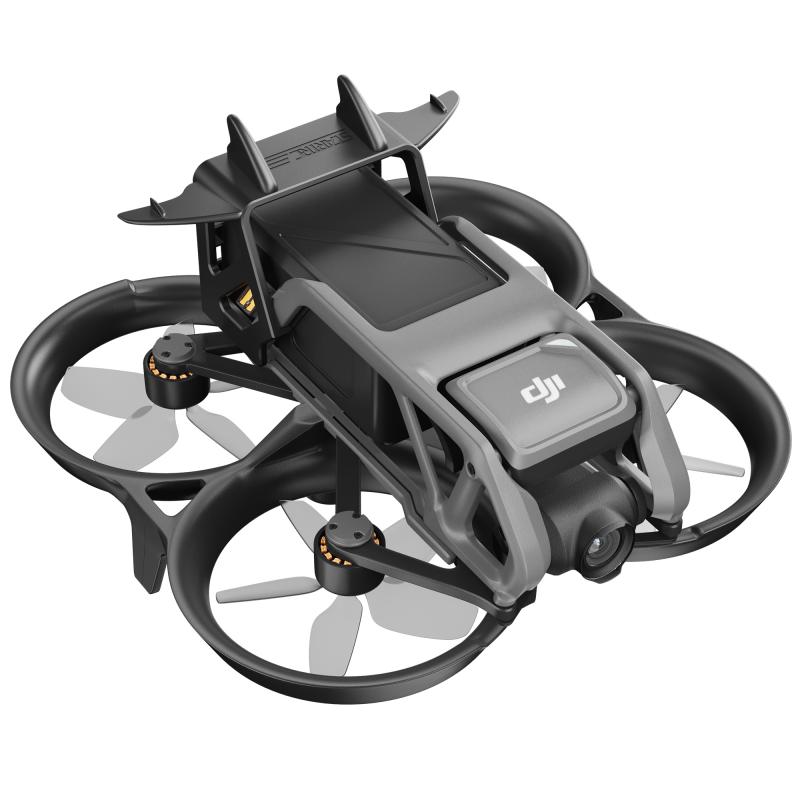
As of the latest regulations, you can carry camera batteries on a plane, but there are specific rules and restrictions that you need to be aware of. The International Air Transport Association (IATA) and the Federal Aviation Administration (FAA) have guidelines in place to ensure the safe transportation of batteries on aircraft.
When it comes to camera batteries, lithium-ion batteries are the most common type used in digital cameras. These batteries are generally allowed in carry-on luggage, but there are restrictions on the capacity of lithium-ion batteries that can be brought on board. The current limit for lithium-ion batteries is 100 watt-hours per battery. If the battery exceeds this limit, it may be subject to additional regulations or may need to be transported as cargo.
It's important to note that these regulations are in place to mitigate the risk of fire or explosion associated with lithium-ion batteries. Airlines and aviation authorities are constantly reviewing and updating these regulations to ensure the safety of passengers and crew.
Before traveling, it's always a good idea to check with your airline and the relevant aviation authority to confirm the latest regulations regarding the transportation of camera batteries. Additionally, it's recommended to carry spare batteries in their original packaging or in a protective case to prevent short circuits.




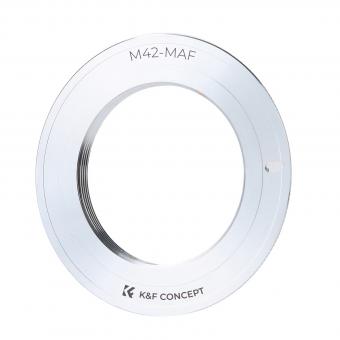



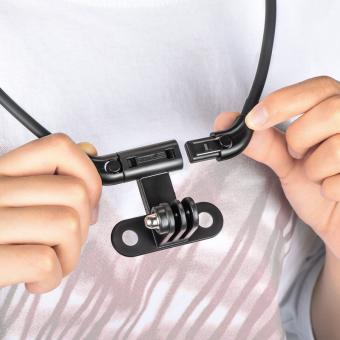


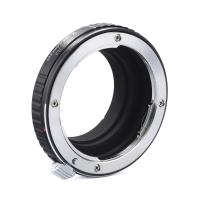

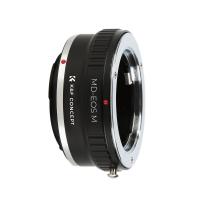

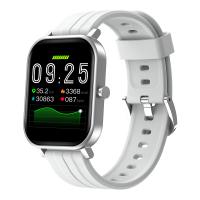

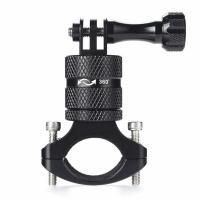


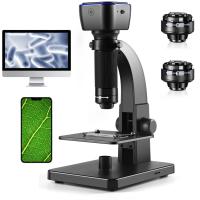
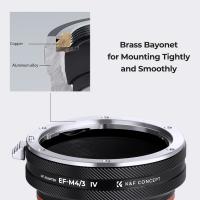
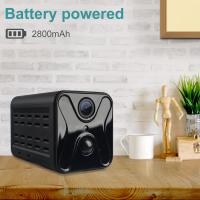
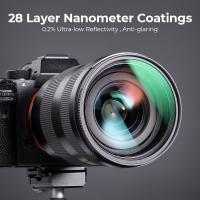

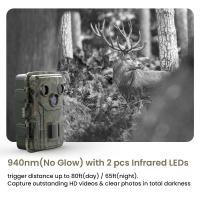
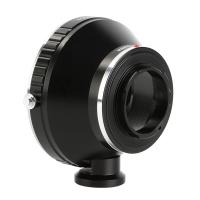

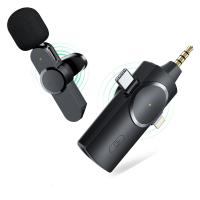

There are no comments for this blog.